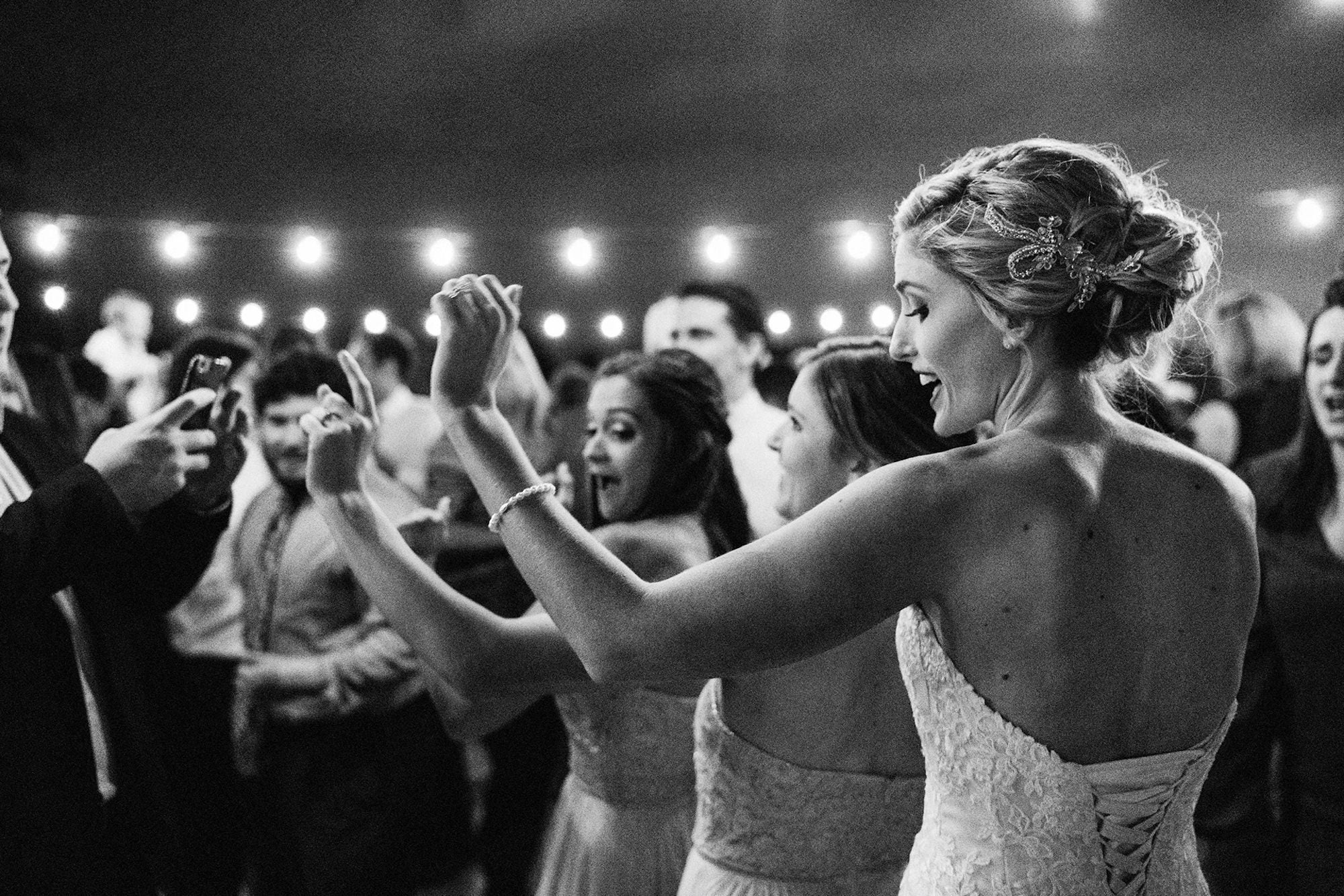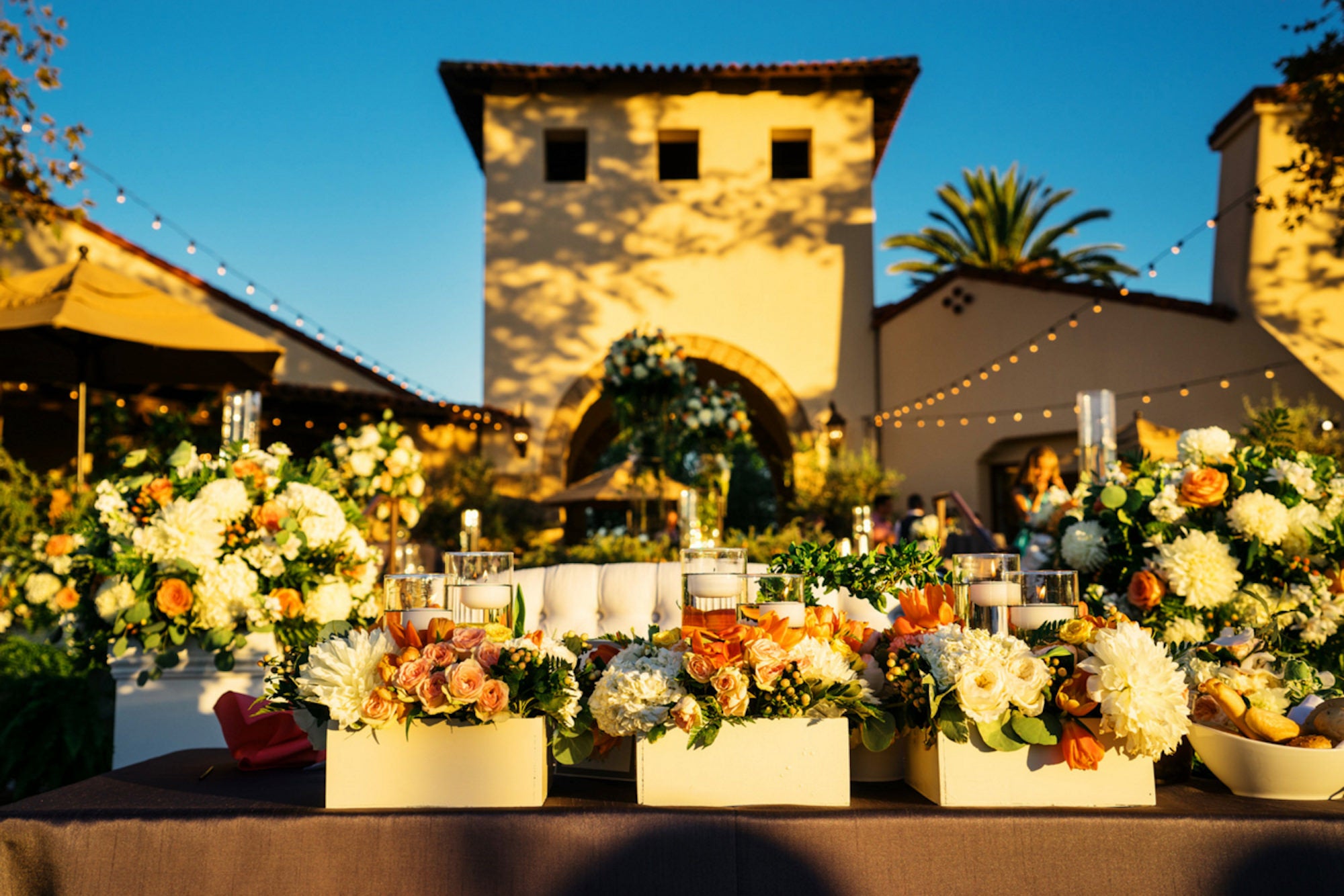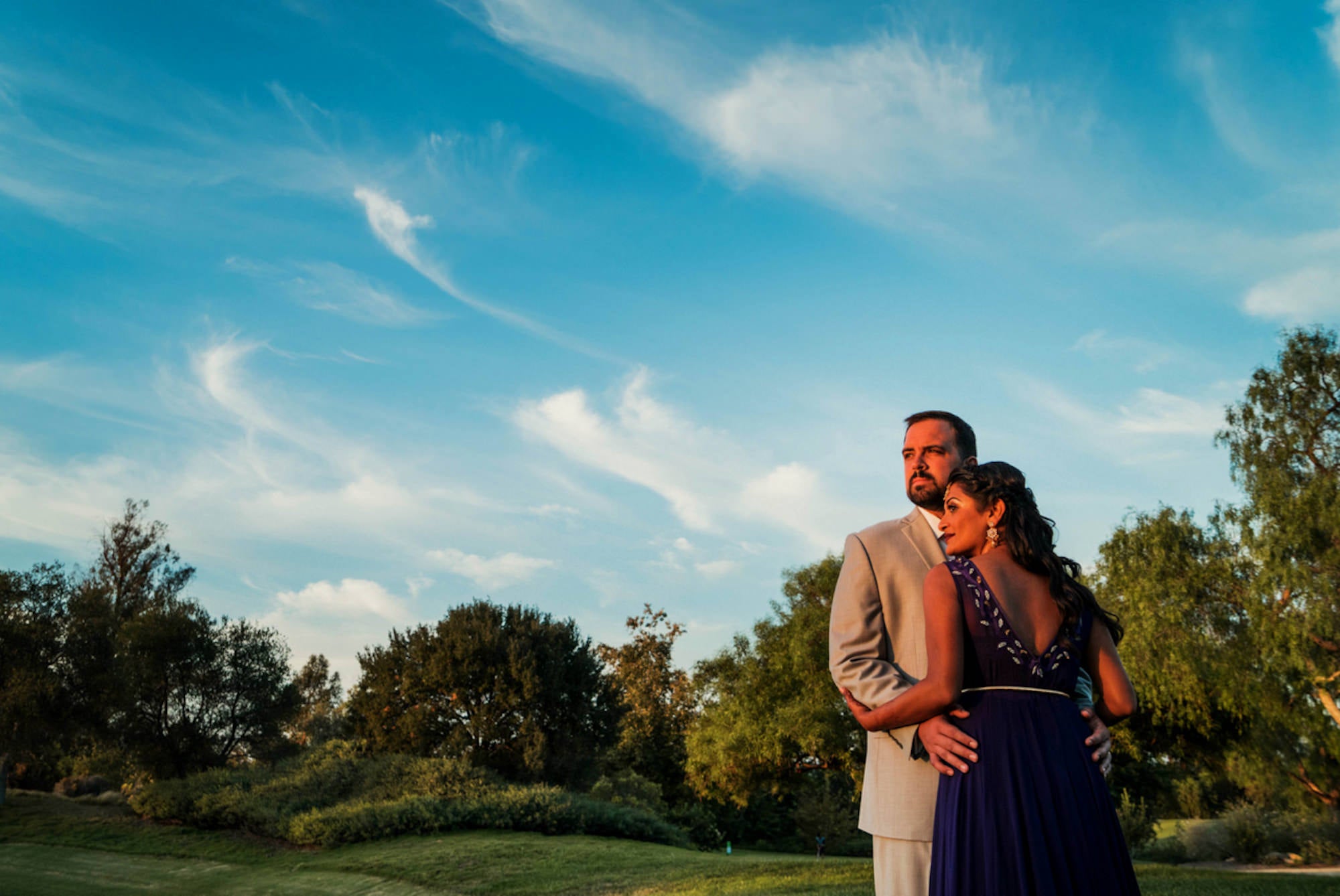Sony Artisan Paul Gero has been the main photographer for many weddings over the years, but he also doesn’t mind assisting as the second photographer if the opportunity arises. “There are many benefits to taking the job as a second shooter, even if you’re a seasoned wedding photographer,” he says. We caught up with him to learn more about why he’s always up for the task…keep reading for his five reasons why you should take that job as second photographer at a wedding.

Photo by Paul Gero.
Even if you’re used to being the lead wedding photographer, Sony Artisan Paul Gero explains why anyone can benefit from taking the job as second photographer.
1. It’s less stressful.
The first reason Gero gives is that being the second photographer at a wedding is generally less stressful, especially if you’re used to being the first photographer. “The reason I think it's a less stressful experience for a photographer is because they haven't had to go find the business,” he explains. “You’re just kind of there as a hired hand, and I think it gives you a little bit of flexibility and freedom, because your name's not on it. Of course, that doesn’t mean you aren’t taking any responsibility.”
He continues, “But you just have far less stress. You don’t have to be the primary and worry about getting each perfect moment and turning the photos around. It’s just easier to come into the event as the second person helping out”
2. You have more creative freedom.
When you’re shooting as a second photographer, Gero notes how you also have more creative freedom. When you’re the number one photographer, you always have to make sure you get those safe photos. It’s your job to capture those special moments throughout a wedding, and usually a certain way.
“When you are shooting as a second,” explains Gero, “it gives you so many opportunities. You don't necessarily have to be front and center. You can maybe turn and take that oblique angle to the side, and try to get something really interesting. You can look for interesting light and try to make something that maybe is more graphical. You can also often use longer lenses or you can use faster aperture wide angle lenses to really push the boundaries of available light. It just gives you freedom to play around in a way that you don't often have when your first photographer at the wedding.”

Photo by Paul Gero.
Gero says that as a second photographer you want to make sure to get the detail images you don’t want the main photographer to worry about – the flowers, the centerpieces, the reception hall. “If there is anything at the wedding that someone decided on, I always try to take a photo of it,” he says. “They invested their thought, or their money, or both, into something at the wedding and that means something. I always try to get those shots so the main photographer can focus on the people at the wedding. Maybe when they’re doing group photos, I’ll get the full room shot. Just anything that’s in the back view but very much a part of the details.”
He also tries to work off of the main photographer to get different angles. “When you're with the main photographer, you can kind of think ahead to what their angle is. Then I always try to work an angle that’s different. Maybe they’re shooting with the Sony 24-70mm f/2.8 G Master, so I can shoot from the side with the Sony 70-200mm f/1.8 G Master or the Sony 135mm f/1.8 G Master to try to get a unique perspective. I love using the Sony 135mm f/1.8 G Master – it’s almost scary good. It doesn't even feel fair to take that to a wedding and have Eye Autofocus and 30 FPS.”
3. It’s a great chance to try out new gear.
When you’re under the pressure of being the main photographer at a wedding, you really have to know your gear inside and out. It’s definitely not the time to be trying something completely new, as you have specific moments that need to be captured. But when you’re the second photographer, Gero says you don’t have as much pressure to deliver those moments, so it’s a solid opportunity to ease yourself into new gear.
“When I first started using Sony,” he explains, “I went to a wedding my friend was shooting. He had a second shooter already, so I was actually filling in as a third. I used it as a way to ease myself into a wedding without having to have all the stress riding on my shoulders. It’s not a very good idea to just go into a wedding as the lead photographer with brand new gear. This opportunity gave me a chance to go in there and learn.”

Photo by Paul Gero.
4. It’s simple, clean and good practice.
The process for a second wedding photographer is much more clean and simple than that of the main photographer’s. Gero says you typically get to shoot the wedding, deliver the cards and get paid. It’s a pretty easy task comparatively, and it’s a great way to get some good practice in. “It's a way of practicing and sharpening the ax,” he says. It helps you keep your skills going and keep things fresh. Not only are you working on your photography skills, you’re also working on your people skills. You get really good at observing and knowing how to interact with people.”
5. It’s a good way to foster relationships in the industry.
When you’re starting out in the wedding industry, being a second photographer is a great way to start fostering relationships with other working professionals in the area. “You’re not trying to take their business,” says Gero, “but you’re just making connections. It’s a very important thing because you’re new when you come into the business and you have to leave a good impression if you want to be in it for a while.”
Gero recommends wedding photographers join various groups for more resources. “You should join your local National Association for Catering and Events (NACE) chapter,” he says. “They are mostly planners for business and social events in an area and they have chapters all over the place. They're a great resource, because they usually have recurring meetings where you can meet people in a social setting. It’s a great way to meet photographers who you may want to second shoot with for a wedding.”
See more of Paul Gero’s work on his Alpha Universe Profile.

